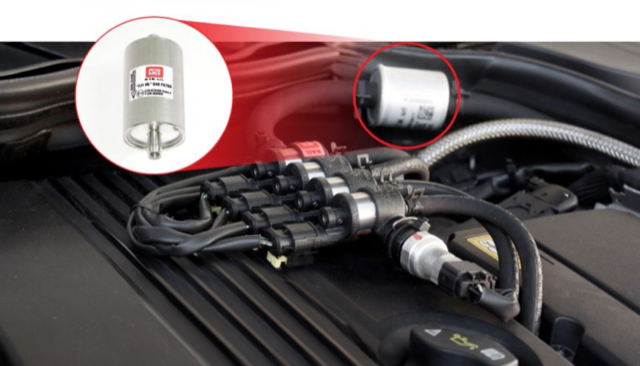WHAT IS LPG FUEL?
LPG is the international acronym for Liquefied Petroleum Gas.
It is a crude refining product extracted from the oilfields.
It has a complex composition and it is mainly made up by propane and butane.
WHICH ARE THE CHARACTERISTICS OF LPG VEHICLES?
Running your car on LPG gas will not damage your engine in any way. In fact LPG gives vehicles excellent performance, as the fuel is a gas. Gas mixes better with air than petrol does, therefore the combustion is smoother and cleaner.
It reduces engine wear and tear, it extends the duration of spark plugs, valves and pistons and it maintains the same engine properties for longer. LPG gives the same power, flexibility and engine performance!. For petrol vehicles, it is well known that the main polluting elements are carbon dioxides, nitrogen oxides. LPG’s carbon and nitrogen oxides emissions are much lower than that of the petrol engine.
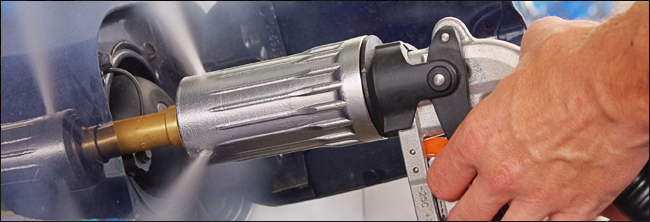
HOW IS A LPG VEHICLE REFUELLED AND HOW LONG DOES REFUELING TAKE?
A LPG vehicle is refueled by hooking up a gas dispenser pistol to the car’s autogas nozzle, situated on the back fender or in the petrol filler, this would be established by the country you live in. For some vehicles there may be an extra adapter used to connect to the gas pistol. It will take about 6 minutes to fill the average eighty litre tank in a passenger car.
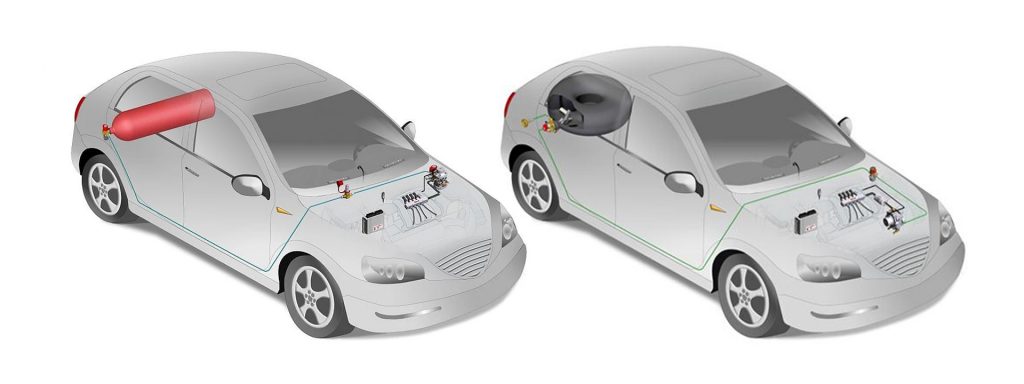
WHAT KIND OF AUTONOMY DOES THE LPG CONVERTED VEHICLE HAVE?
Calculations have to be made individually, starting with the tank dimension (capacity is imprinted on each tank). For security reasons, standards provide for an 80% filling of tank capacity.
For example, with a 60 litres tank you can fill to 48 effective LPG litres. Assuming one drives an average of 10 km with an LPG litre, autonomy will be at about 480 km.
Different driving conditions and sometimes the different LPG chemical composition can influence consumption. Therefore it is important to compare consumption on equal states.
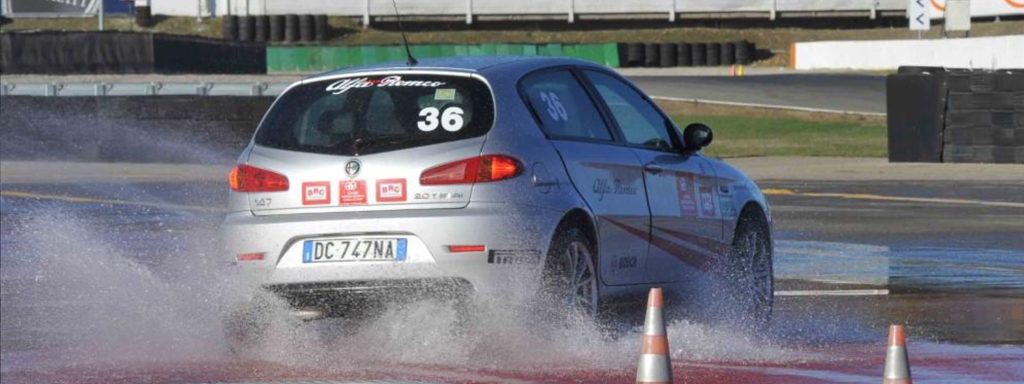
LPG AND TURBO, CATALYTIC, 3 OR 8 CYLINDERS/ ESTATE CAR OR ON A MINIVAN?
BRC Gas Equipment has LPG supply systems that are compatible and ratified with most vehicle engines in the market of today. Therefore almost any petrol vehicle can be converted into a LPG system without technical problems. Most engines including the carburetor, catalytic or not catalytic injection engines, Minivans and Estate cars are suitable for LPG conversion.
We suggest, popping into a Gasdrive fitment centre to verify what kind of engine you have and if its compatible for a LPG gas conversions.
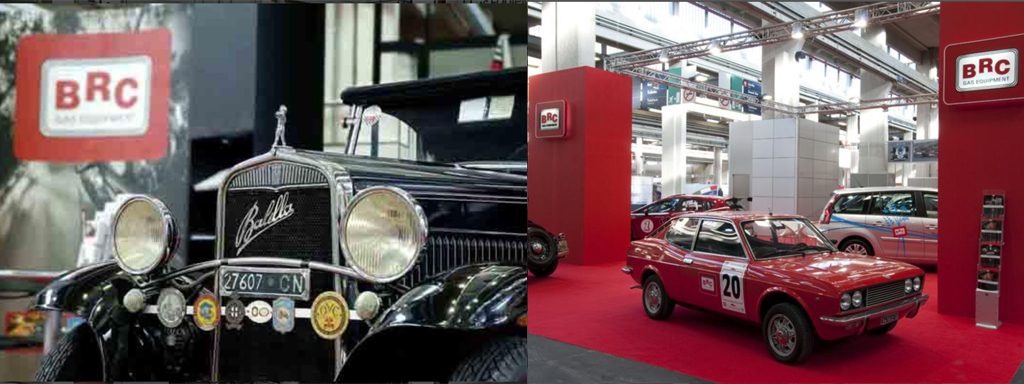
WHERE TO INSTALL THE GASTANK?
There are two kinds of LPG tanks, the doughnut shaped tank and the cylindrical shaped tank.
The more favorable tank is the doughnut shape that will be installed in the spare wheel compartment (either inside or outside the vehicle), leaving the boot space as it is.
The cylindrical tank is usually installed in a section of boot space, therefore the boot capacity will be partially limited according to the tank dimensions.
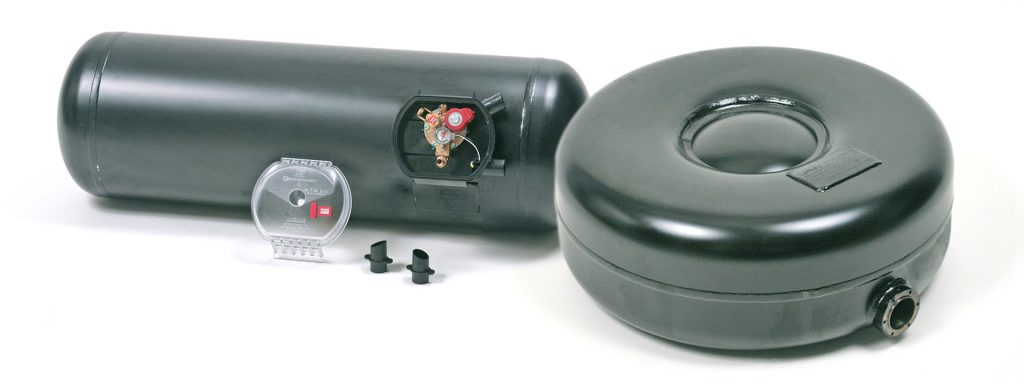
IS THERE POWER LOSS WITH A LPG CONVERTED ENGINE?
Modern LPG conversions such as BRC kits, suffer no noticeable loss of performance. Engines will run smoother and be slightly quieter.
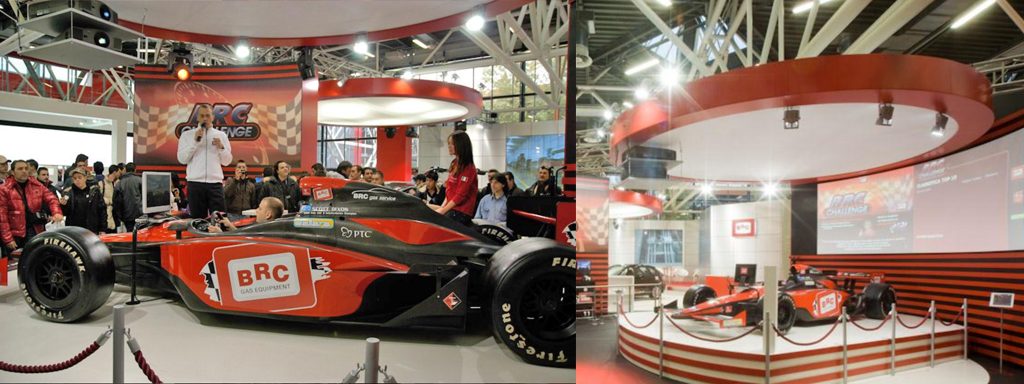
DO LPG SYSTEMS NEED A SPECIFIC MAINTENANCE OR SERVICE?
Yes, This usually involves no more than an emissions check and filter change, which normally takes about 60 - 75 min and is cost effective.
We usually recommend that the LPG system should be serviced every 20,000 - 25,000 km or every 6-8 months to ensure that it is working effectively.
Servicing and repairs on an autogas system should be undertaken by an installer who has been BRC professionally trained on LPG systems or product warranty will be lost.
